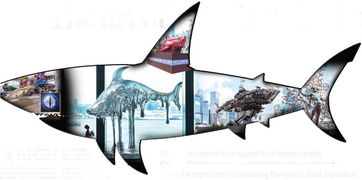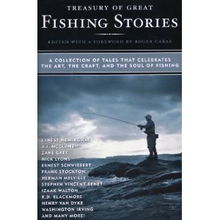Introduction:
For those who are new to the world of fishing, the idea of casting a line into the water and catching a fish can be both exciting and daunting. However, with the right approach and a few essential tips, even beginners can quickly learn the art of fishing. This article will guide you through the basics of fishing, focusing on the technique of "fishing for fish," commonly known as "fishing for bass" or "bass fishing." Whether you're looking to spend a peaceful day by the lake or hoping to master the sport, here's how you can start your journey into the fascinating world of fishing.

Understanding the Basics:
Before you step into the water, it's crucial to have a basic understanding of the equipment and techniques involved in fishing. Here's a quick rundown:
- Rod and Reel: Choose a rod and reel that are appropriate for the type of fishing you plan to do. For bass fishing, a medium-heavy rod with a spinning reel is usually a good starting point.
- Line: Use a monofilament line that is strong and flexible. The line size will depend on the type of bass you're targeting and the conditions you're fishing in.
- Hooks: For bass, use hooks that are size 4 to 6, depending on the bait you're using.
- Bait or Lures: You can start with natural baits like worms or insects, or opt for artificial lures like spinners or crankbaits.
Choosing the Right Spot:
Finding the right spot is key to successful fishing. Here are some tips to help you choose the perfect location:
- Research: Use online maps and guides to find areas known for bass fishing in your area.
- Observe: Look for signs of fish activity, such as bubbles or birds diving into the water.
- Structure: Bass often hang around structure like rocks, logs, or docks. Look for these features in your chosen spot.
Learning the Techniques:
Now that you have your equipment and a spot, it's time to learn the techniques. Here are some essential tips:
- Casting: Practice your casting technique to ensure you can reach your desired spots. A smooth, accurate cast is crucial.
- Rigging: Learn how to rig your bait or lure properly. This will ensure that it behaves naturally in the water.
- Presenting the Bait: The way you move your bait or lure through the water can make all the difference. Experiment with different retrieves and presentations to see what works best.
- Reading the Water: Pay attention to the water's current, depth, and temperature. These factors can greatly influence where and how you fish.
Patience and Practice:
Fishing is a sport that requires patience. Don't get discouraged if you don't catch anything right away. Here are some tips to help you stay patient and improve your skills:
- Take Your Time: Spend time observing the water and understanding the behavior of the fish.
- Experiment: Try different baits, lures, and techniques to see what works best.
- Learn from Others: Join a fishing club or attend workshops to learn from experienced anglers.
Safety First:
Always prioritize safety when fishing. Here are some safety tips to keep in mind:
- Check the Weather: Before heading out, check the weather forecast and plan accordingly.
- Stay Hydrated: Carry plenty of water, especially on hot days.
- Tell Someone Where You're Going: Inform a friend or family member of your location and expected return time.
Conclusion:
Learning to fish can be a rewarding and enjoyable experience. By understanding the basics, choosing the right spot, mastering the techniques, practicing patience, and ensuring your safety, you'll be well on your way to becoming a skilled angler. So, grab your rod, reel, and tackle box, and head out to the water. With time and practice, you'll soon be reeling in fish with confidence and joy. Happy fishing!












